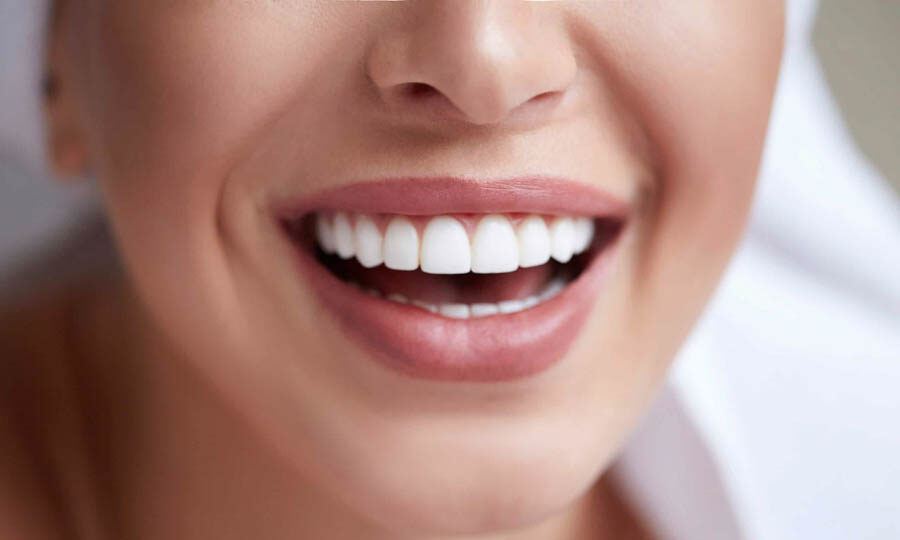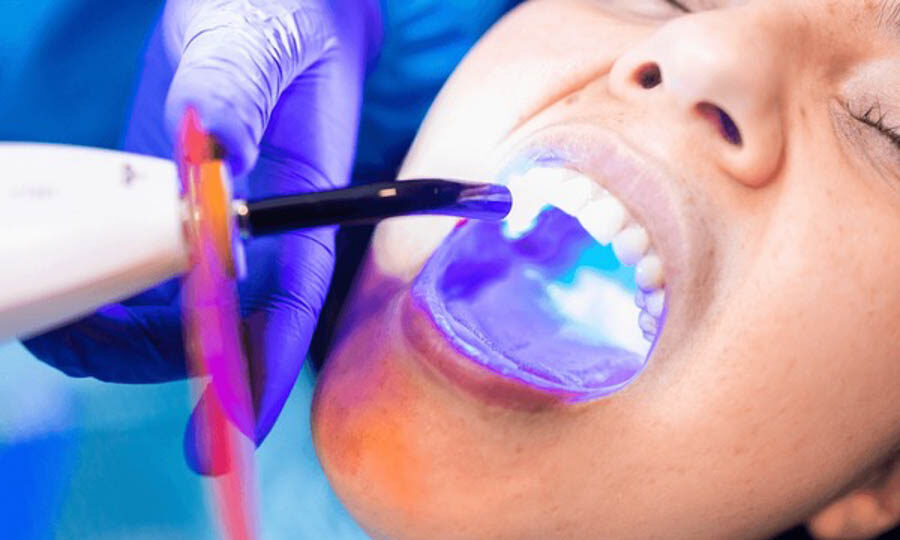Orthodontics
Orthodontics: Aligning Smiles for Better Oral Health
Orthodontics is a specialized branch of dentistry focused on diagnosing, preventing, and correcting misaligned teeth and jaws. It plays a vital role in improving oral health, functionality, and aesthetics, providing patients with straight, healthy smiles and enhanced confidence.
What Is Orthodontics?
Orthodontics addresses issues such as crooked teeth, crowded teeth, gaps, and bite problems (malocclusions). Using a variety of treatment methods, orthodontists help patients achieve proper alignment of teeth and jaws, improving both appearance and oral health.
Common Orthodontic Issues
Orthodontics can treat a wide range of conditions, including:
- Overbite: Upper front teeth overlap the lower teeth excessively.
- Underbite: Lower teeth extend beyond the upper teeth.
- Crossbite: Teeth do not align properly when the jaws are closed.
- Open Bite: A gap remains between the upper and lower teeth when the jaws are closed.
- Spacing: Gaps between teeth due to missing teeth or improper alignment.
- Crowding: Lack of space causes teeth to overlap or become crooked.
Types of Orthodontic Treatments
Orthodontic treatments are tailored to each patient’s needs. Common treatment options include:
1. Braces
Braces are one of the most effective ways to align teeth. They consist of brackets, wires, and bands that apply gentle pressure to move teeth into the correct position.
2. Clear Aligners
Clear aligners, such as Invisalign, are transparent, removable trays that gradually shift teeth. They are a popular choice for their discreet appearance and convenience.
3. Retainers
Retainers are used after orthodontic treatment to maintain the position of teeth and prevent them from shifting back.
4. Palatal Expanders
Expanders are used to widen the upper jaw, creating more space for teeth and improving bite alignment.
5. Headgear
Used in more complex cases, headgear applies additional force to guide jaw and teeth alignment.
Benefits of Orthodontics
Orthodontic treatments offer numerous advantages for patients of all ages:
- Improved Oral Health: Straight teeth are easier to clean, reducing the risk of cavities and gum disease.
- Enhanced Functionality: Proper alignment improves chewing, speaking, and overall bite efficiency.
- Better Appearance: A straight, attractive smile boosts self-esteem and confidence.
- Preventive Care: Addressing alignment issues early can prevent more severe problems later in life.
When to Seek Orthodontic Care
Orthodontic evaluations are recommended for children around age 7, as early treatment can guide jaw growth and prevent severe issues. However, orthodontic care is suitable for teens and adults as well, with many treatment options available for all ages.
The Orthodontic Process
Getting orthodontic treatment involves several steps:
- Consultation: Your orthodontist evaluates your teeth, takes X-rays, and discusses your goals.
- Treatment Plan: A customized plan is created to address your specific needs.
- Treatment: Braces, aligners, or other devices are applied to begin the alignment process.
- Monitoring: Regular check-ups ensure progress and make adjustments as needed.
- Completion: Once the teeth are properly aligned, retainers are provided to maintain results.
Maintaining Results
After orthodontic treatment, maintaining results is essential. This includes wearing retainers as instructed, practicing good oral hygiene, and attending regular dental check-ups.
Is Orthodontic Treatment Right for You?
Orthodontics is suitable for anyone looking to improve the alignment and function of their teeth and jaws. Whether you’re a parent seeking care for your child or an adult exploring options for a straighter smile, orthodontics offers effective solutions for a healthier, more confident smile.
Schedule a consultation with an orthodontist today to start your journey toward a beautifully aligned smile and improved oral health!










